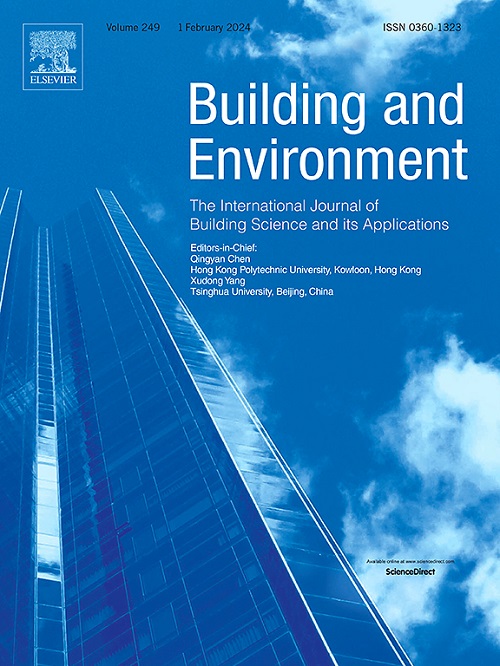超越技术:应对建筑环境中复杂的多方利益相关者挑战
IF 7.6
1区 工程技术
Q1 CONSTRUCTION & BUILDING TECHNOLOGY
引用次数: 0
摘要
当考虑改善建筑环境的能源效率、室内环境和气候适应能力的策略时,工程师们自然会想到技术措施。然而,这种改进需要在复杂和多层次的环境中多个利益相关者的深入合作。因此,工程师必须与来自不同领域的利益相关者密切合作,包括建筑的用户、政策制定者和来自社会学、心理学和经济学等领域的专家。在本文中,我们简要概述了专门以技术为中心的努力的局限性的说明性实例。其目的是支持综合战略的关键必要性,以解决与设计和交付可持续、以用户为中心和有弹性的建筑相关的挑战。本文章由计算机程序翻译,如有差异,请以英文原文为准。
Beyond technology: Meeting complex multi-stakeholder challenges in the built environment
When contemplating strategies to improve built environments' energy efficiency, indoor environments, and climatic resilience, it is natural for engineers to think of technological measures. However, such improvements require deep collaboration of multiple stakeholders in a complex and multi-layered context. Engineers must thus work closely with stakeholders from diverse areas including buildings’ users, policy makers, and experts from fields such as sociology, psychology, and economy. In this paper, we briefly outline illustrative instances of the limitations of exclusively technology-centric efforts. The intention is to buttress arguments for the critical necessity of integrative strategies to address challenges related to the design and delivery of sustainable, user-centric, and resilient buildings.
求助全文
通过发布文献求助,成功后即可免费获取论文全文。
去求助
来源期刊

Building and Environment
工程技术-工程:环境
CiteScore
12.50
自引率
23.00%
发文量
1130
审稿时长
27 days
期刊介绍:
Building and Environment, an international journal, is dedicated to publishing original research papers, comprehensive review articles, editorials, and short communications in the fields of building science, urban physics, and human interaction with the indoor and outdoor built environment. The journal emphasizes innovative technologies and knowledge verified through measurement and analysis. It covers environmental performance across various spatial scales, from cities and communities to buildings and systems, fostering collaborative, multi-disciplinary research with broader significance.
 求助内容:
求助内容: 应助结果提醒方式:
应助结果提醒方式:


